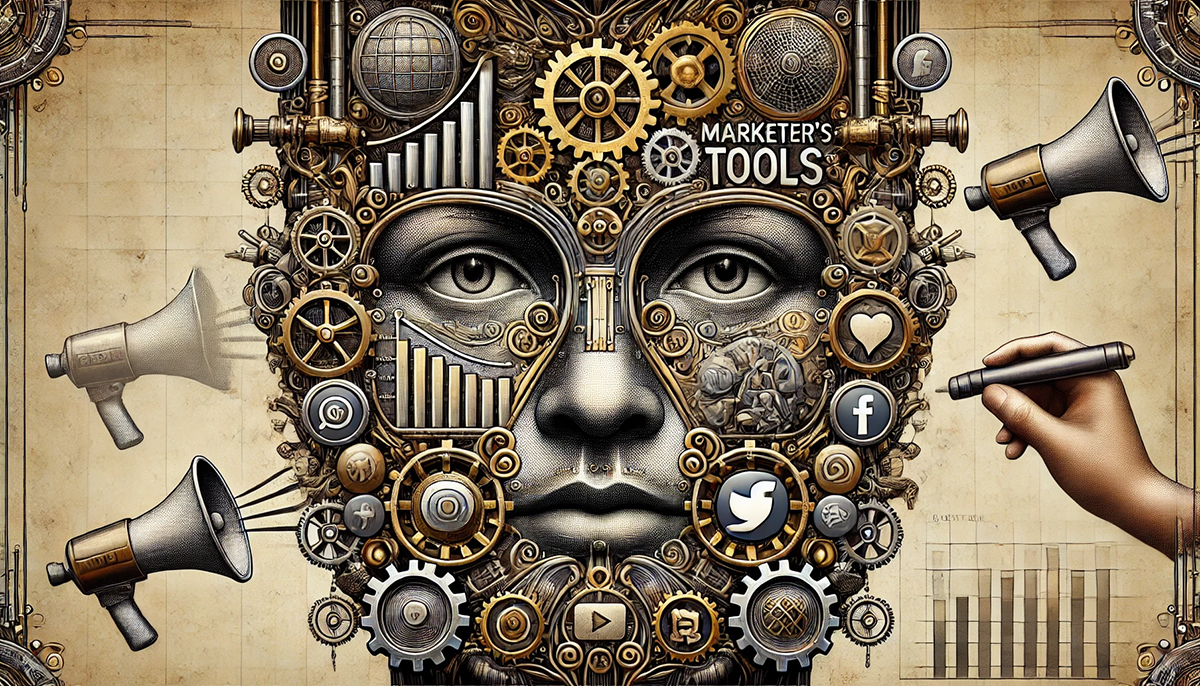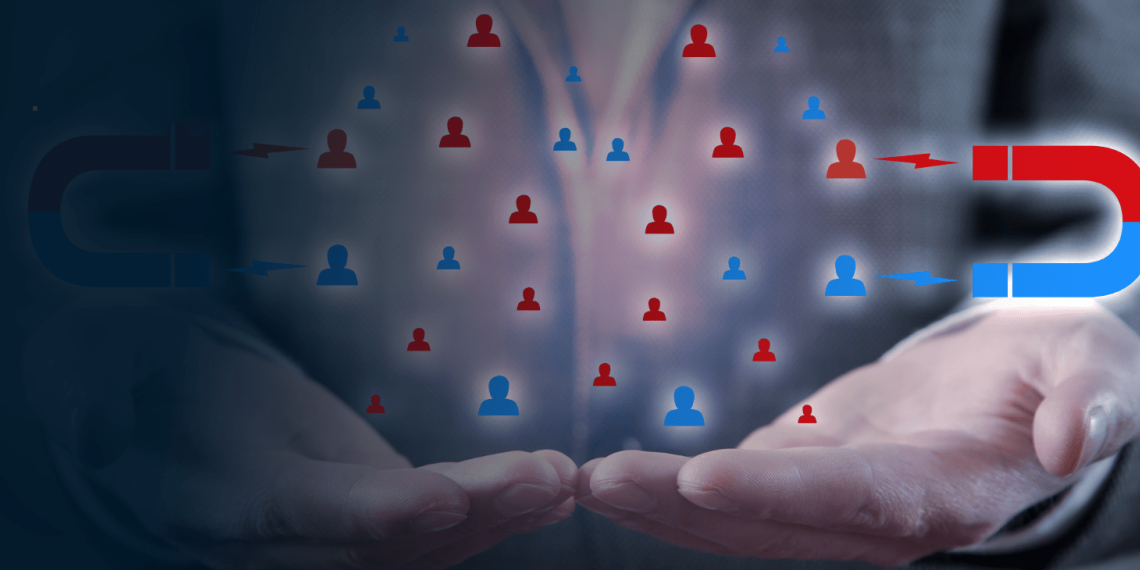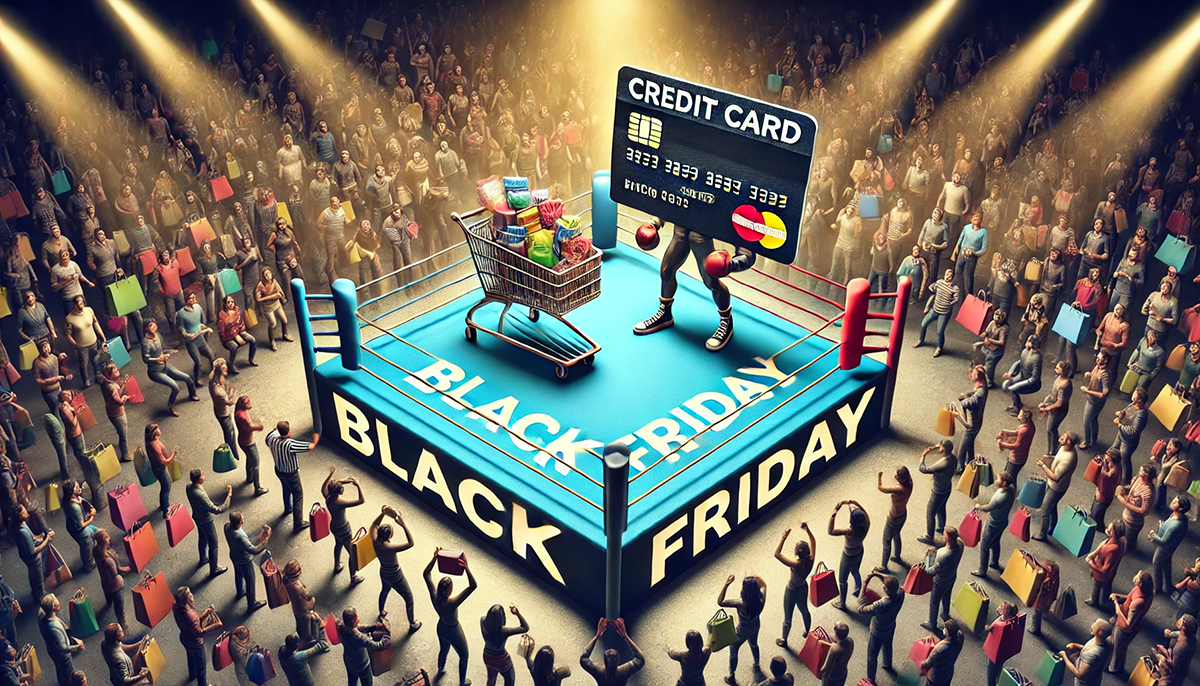content
How much time do you spend on researching the ideal customer for your or your client’s business? If you are targeting a wide audience, then we have bad news for you. In today’s business, competition has reached such a level that it’s no longer enough to offer a quality product or service to succeed. You need to understand who you are selling to, what problems your product solves, and what motivates people to choose you. That’s why defining the target audience and creating a buyer persona are important steps for every entrepreneur or marketer.
These processes allow companies not only to accurately identify their potential customers but also to create effective marketing strategies. When you know who your audience is, you can speak their language, respond to their needs, and even anticipate their expectations. This results in higher conversion rates, customer loyalty, and sustainable business development.
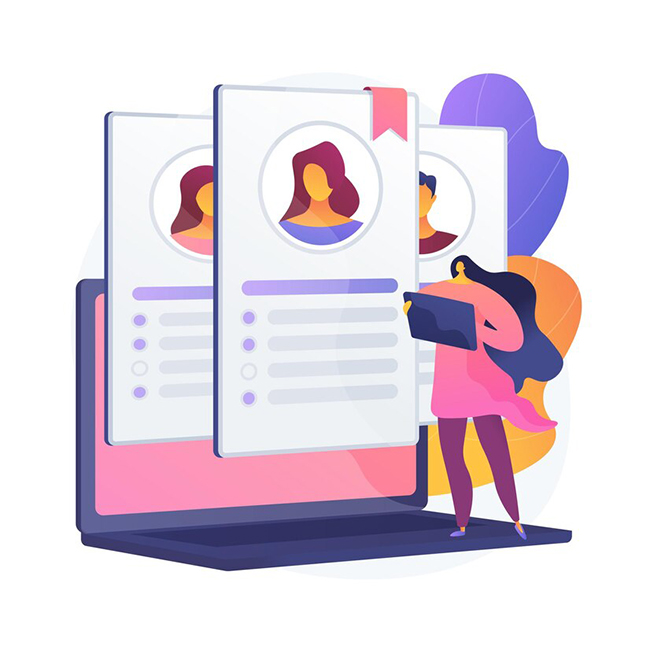
What is a target audience?
A target audience is a group of people who are most likely to be interested in your product or service. To determine it, various characteristics are taken into account, such as:
- Demographics: age, gender, income level, education, marital status.
- Geography: place of residence, climatic features, type of settlement.
- Behavior: buying habits, preferences, level of online and offline activity.
- Psychography: values, goals, interests, social status.
These criteria help to identify the consumer segment for which your product will be most relevant.
What is the target market?
The target market is a broader category of consumers that a business defines as the main target for its goods or services. It is a set of people who have similar needs, interests, and characteristics that make them potential customers for your product or service.
The target market covers a group of consumers who may be interested in your offer but will not necessarily buy right now. It’s a strategic planning concept that allows companies to determine who to target with their marketing efforts.
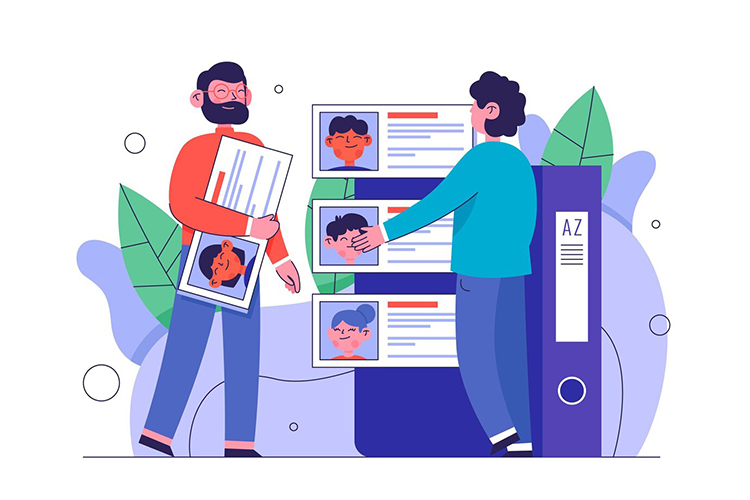
In short, the target market is a broad concept, and the target audience is a detailed segment of this market.
What is a customer profile?
Good. Defining your target audience is great, but us nerdy marketers move on to find a buyer persona. A buyer persona is a detailed image of your ideal customer. It’s created to give you a deeper understanding of the needs, motivations, and behaviors of real people. It takes into account:
- Personal data: name, age, gender.
- Occupation: profession, role in the company.
- Needs and problems: what difficulties does the client want to solve with your product?
- Behavioral models: how a customer makes a purchase decision, what criteria influence his or her choice.
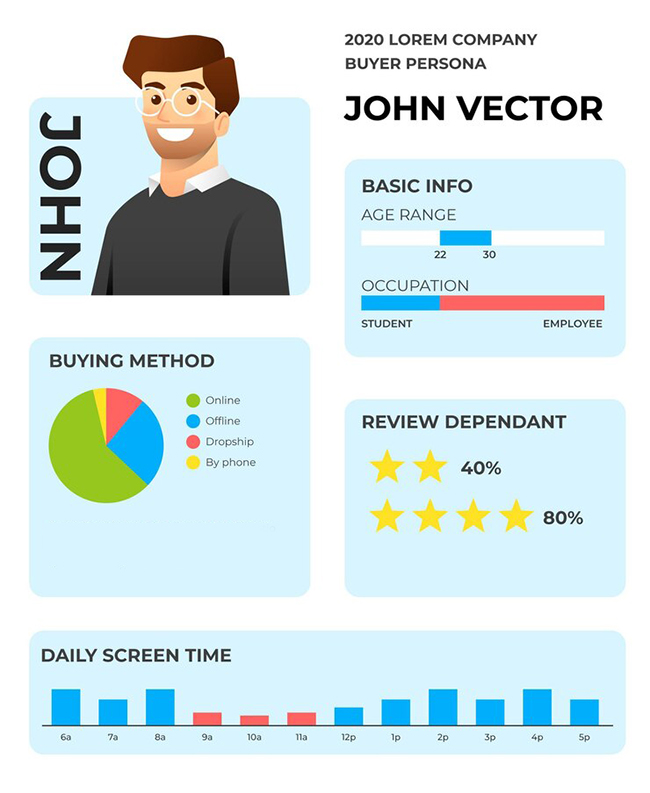
Creating a customer portrait allows you to “humanize” your audience and better understand how to communicate with them. Perhaps your neighbor, who spends every weekend doing repairs, is already the perfect portrait of a buyer of tools and household goods. Offer him your products or services and wait for the results of the buyer persona test.
How to create a customer profile?
- Collect data: use surveys, interviews, customer feedback analysis, CRM or social media statistics.
- Segment your audience: divide customers into groups based on common characteristics.
- Identify motives: understand what drives people to buy.
- Create a mental image: describe the customer, add a photo or illustration for visualization.
Identifying the target audience in the B2B segment
In the B2B (business-to-business) segment, the approach to defining the target audience is somewhat different from B2C (business-to-consumer). Here, customers are not individual consumers, but companies or organizations. This complicates the process, because you need to take into account both the specifics of the client’s business and the decision-makers within the company.
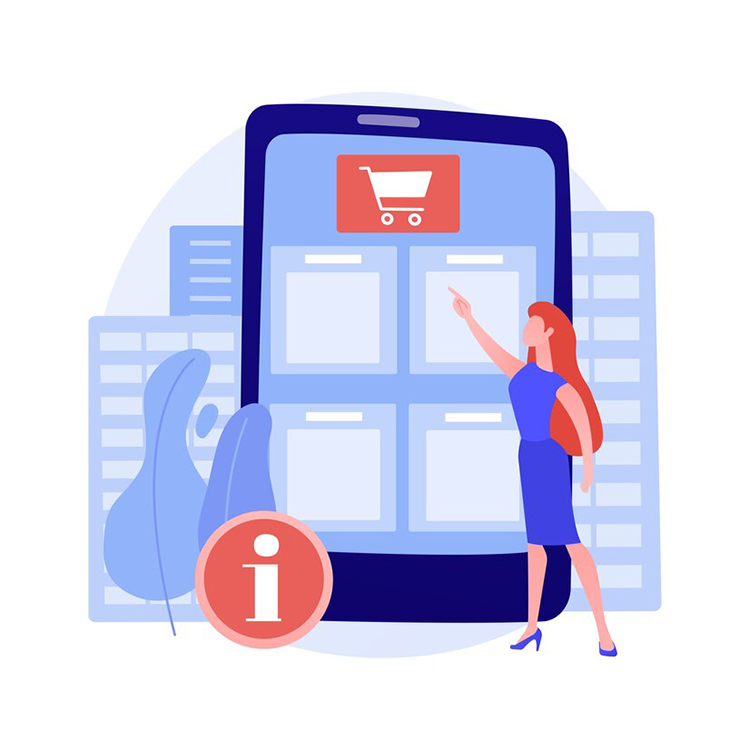
The target audience in B2B is a group of companies for which your product or service is relevant and which can benefit from your offer.
Features of working with B2B audience
- Personalization:
- In B2B, it is important to tailor an offer to a specific company and its needs.
- Long decision-making cycle:
- In B2B, a purchase can take weeks or even months to complete, as several parties are often involved in the approval process.
- Focus on long-term cooperation:
- Companies value not only the product, but also support, technical service, and long-term benefits.
- Rationality:
- Emotional impact plays a lesser role. The proposal should be based on facts, figures, and forecasts.
An example of a B2B customer profile
- Type of company: A medium-sized IT company (50-100 employees).
- Market: USA and Europe.
- Needs: automation of internal processes, reduction of infrastructure costs.
- Decision-making role:
- CEO: determines the strategic need for automation.
- CTO: analyzes the technical compatibility of solutions.
- CFO: evaluates the financial benefits of cooperation.
Understanding such details allows you to build an effective marketing and sales strategy that takes into account all stages of decision-making in the B2B segment.
Test your ads (A/B testing)
Ad testing is one of the fastest ways to test your audience:
- Different segments: run campaigns for different customer groups with the same ads.
- Different messages: use different texts, offers, or images for the same segment.
- Different channels: Test your audience on several platforms (Google Ads, Facebook, Instagram, TikTok).
For example, one segment may respond better to Instagram ads, while another may respond better to email newsletters.
Why is it important?
Understanding your audience is the key to a successful business. A clearly defined target audience allows you to:
- Effectively use the marketing budget.
- Create personalized advertising campaigns.
- Increase the level of customer trust and loyalty.
- Achieve higher sales and business growth.
Creating a customer profile is not a one-time process. It requires regular analysis and updates to keep your business relevant and competitive.
Subscribe to our newsletter
